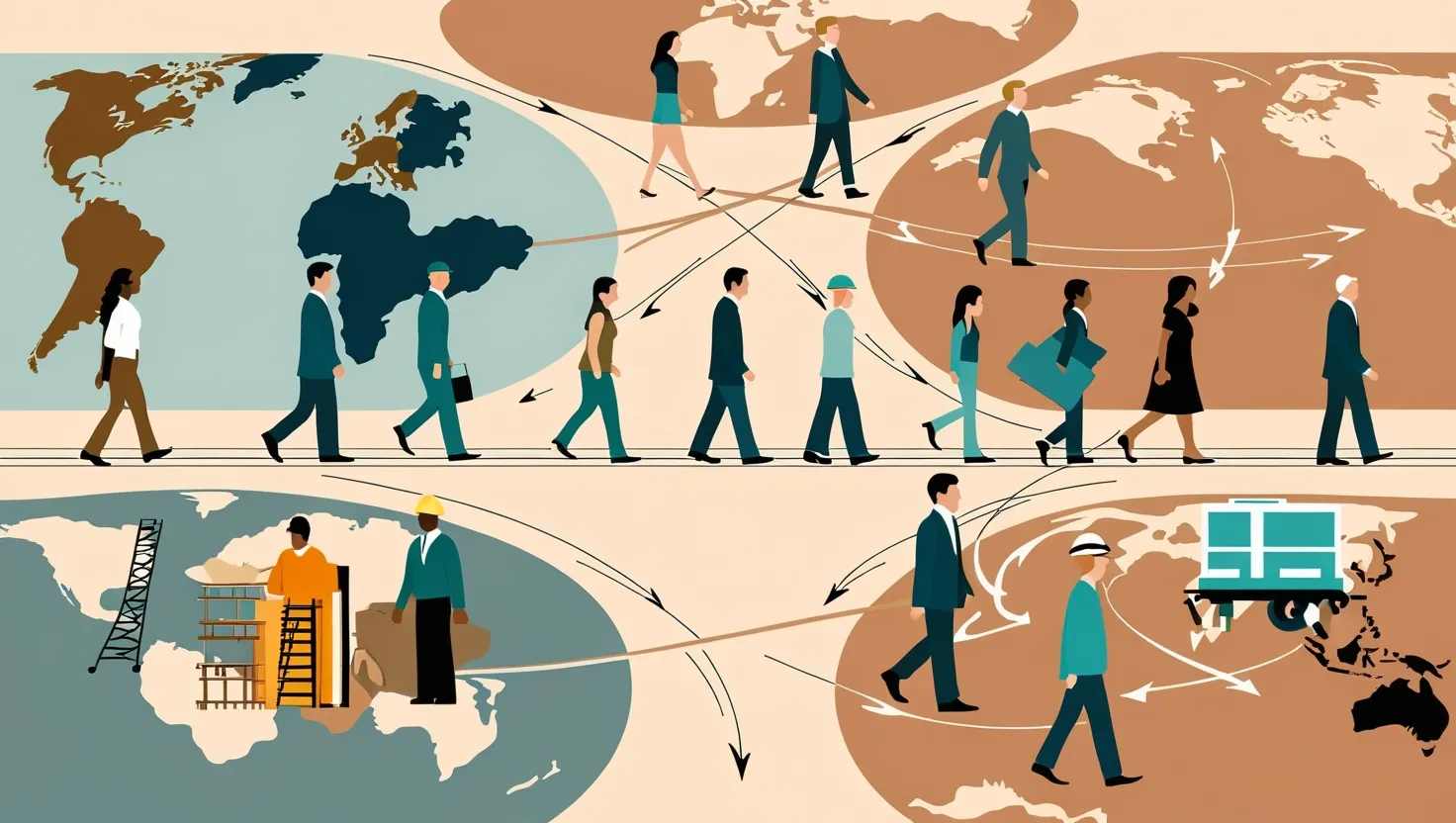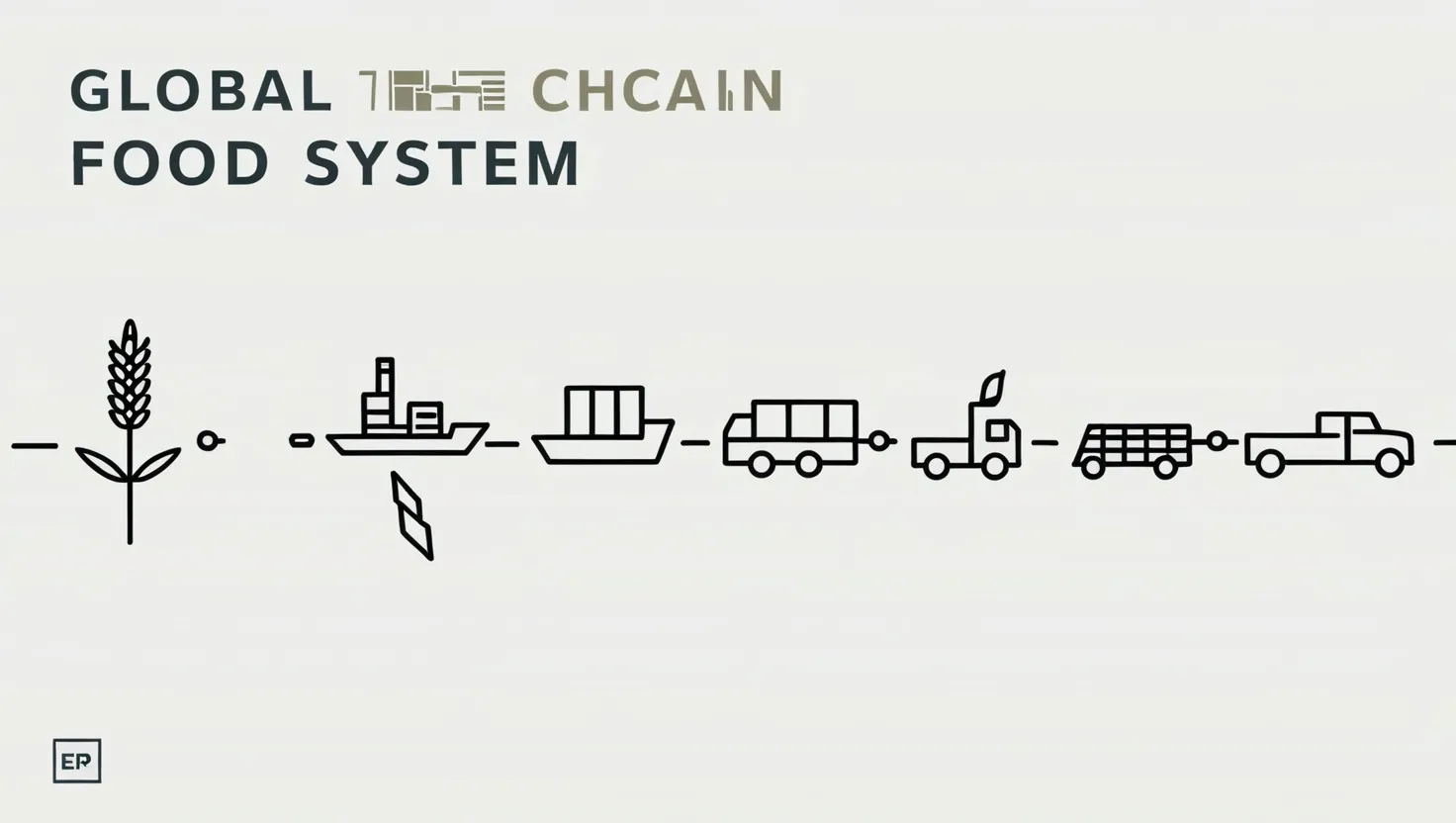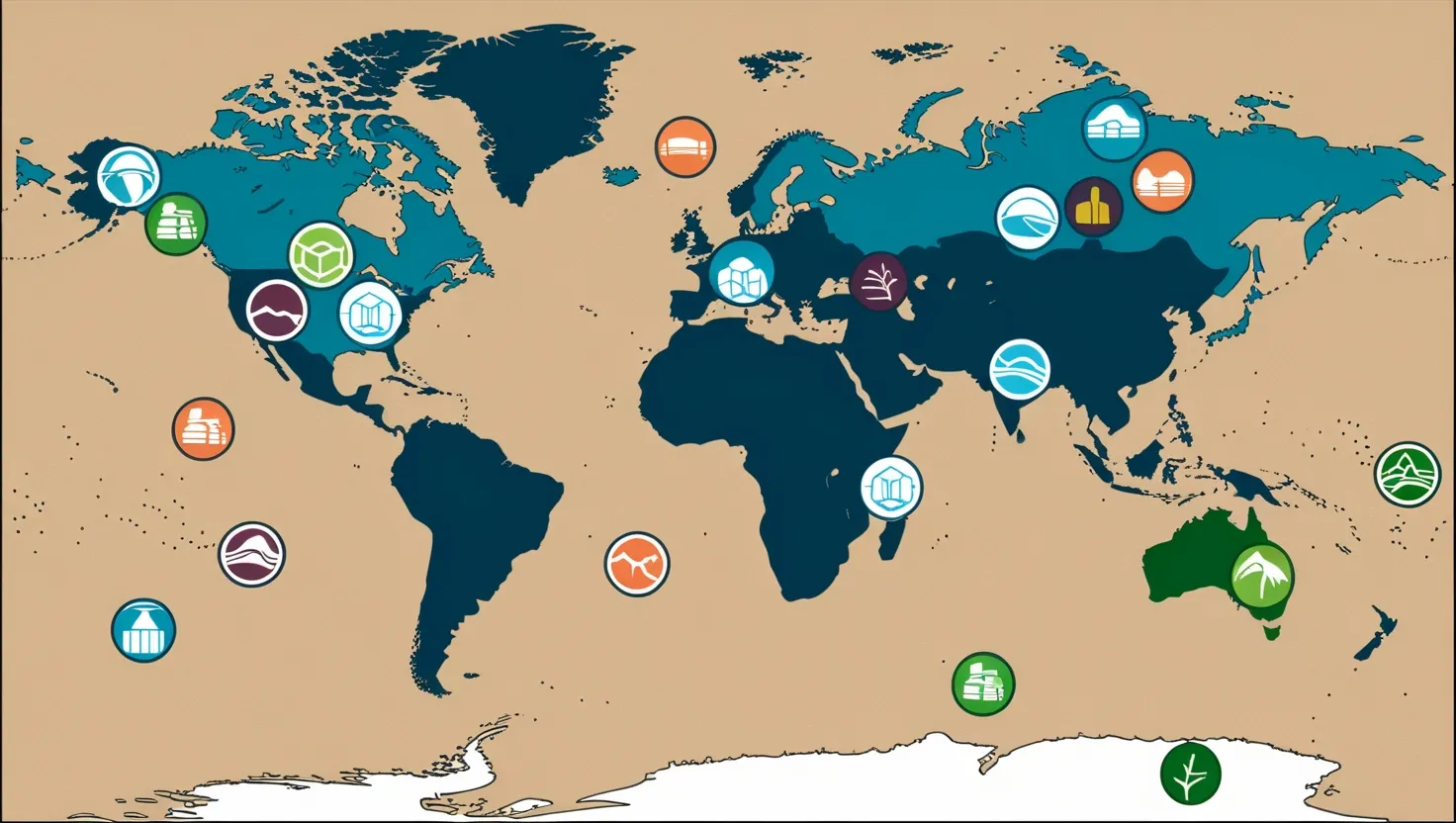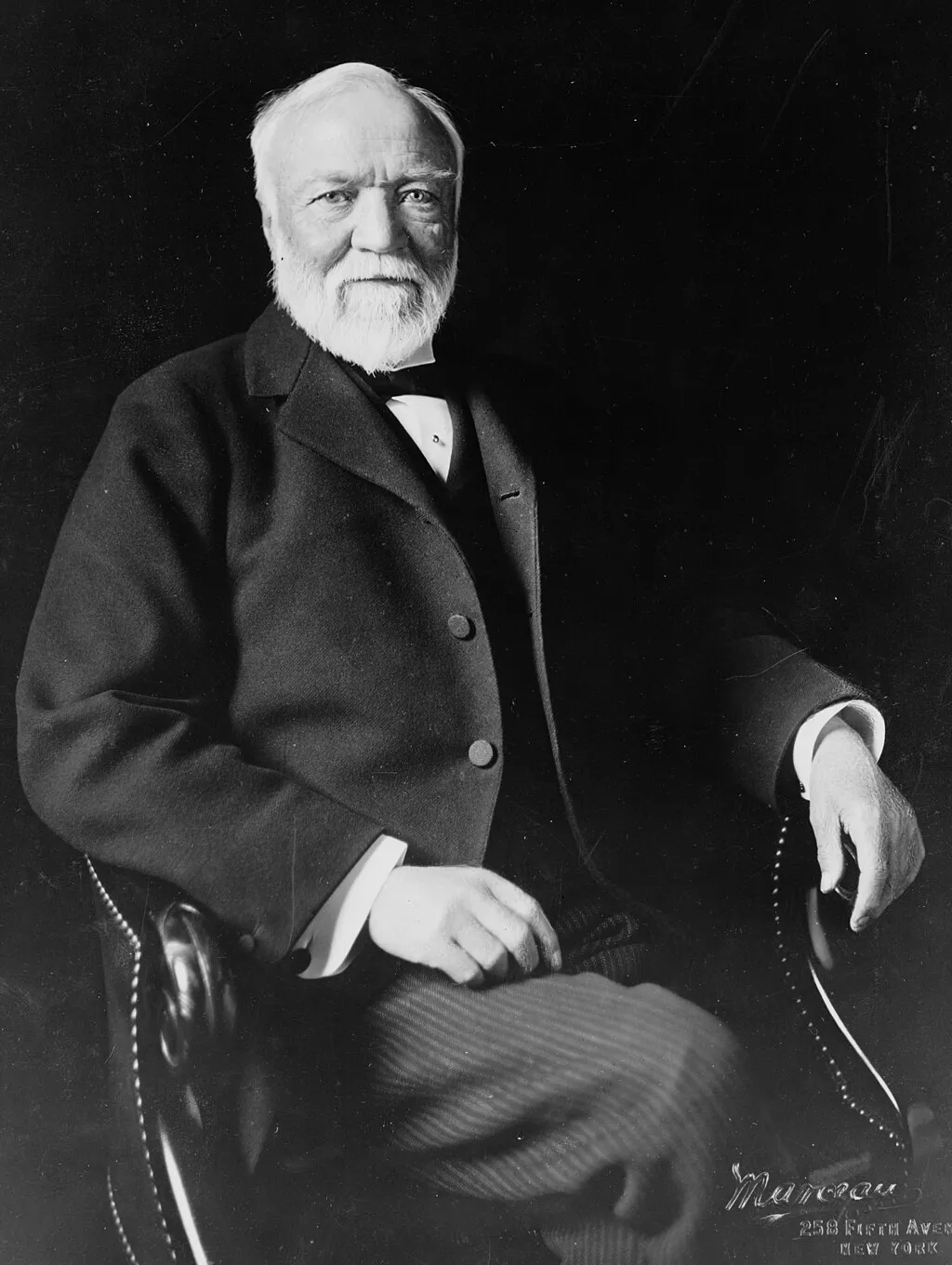Migration corridors have become a defining feature of the world economy. Every day, millions of people cross borders in search of work, safety, and opportunity. I often think about how the movement of people does more than fill jobs—it reshapes societies, shifts political debates, and even influences what we eat and how we care for one another. If you’ve ever wondered what connects a strawberry in California, a nurse in London, or a bustling construction site in Dubai to faraway villages and cities, the answer is migration. But what’s less discussed is how a handful of powerful migration corridors quietly transform the fate of both sending and receiving nations. Let’s walk through five of them and see what stories and questions they raise.
When I consider the journey from Mexico to the United States, I see more than a route across a border. It’s a lifeline that has powered the U.S. economy for decades, especially in agriculture, construction, and service sectors. Without these flows, fruit would rot in orchards, homes would rise more slowly, and cities would lose their vibrancy. At the same time, for millions of Mexican families, remittances sent home are not just extra money—they are the foundation of household budgets, the difference between poverty and a shot at security. What often escapes attention is the way these workers develop skills abroad and sometimes bring them back, sparking entrepreneurship or change in their home communities. Have you ever thought about how migration can boost innovation in places people leave, not just those where they arrive?
“The world is before you and you need not take it or leave it as it was when you came in.”
— James Baldwin
Next, I turn to South Asia and the Gulf States. This corridor isn’t just about opportunity; it’s also about necessity. Millions from India, Bangladesh, Pakistan, and Nepal make their way to Saudi Arabia, the UAE, and Qatar. The gleaming infrastructure in many Gulf cities owes its existence to migrants who toil in scorching heat, often under difficult conditions, building skyscrapers and running households. What’s less discussed is how this migration shapes gender norms—women, increasingly, go abroad to work as domestic helpers, and their earnings challenge old power structures back home. These workers send remittances that fund not only family needs but also schools, hospitals, and even local businesses. Yet the labor is often invisible; do we pay enough attention to the people behind the skylines?
Migration from Eastern to Western Europe reveals another side of the story. As populations in countries like Germany and Italy get older, economies face the daunting task of replacing retiring workers. Meanwhile, countries such as Poland, Romania, and Bulgaria send thousands of their citizens westward, plugging staffing gaps in factories, farms, and hospitals. What is rarely mentioned is the way these corridors change whole communities: ghost towns in the east as youth depart, while newcomers help diversify western cities. The tension between “brain drain” and “brain gain” becomes clear—sometimes, workers return with new skills; sometimes, they don’t come back at all. Have you noticed how debates about migration often overlook the skills and energy migrants bring?
“I am not an Athenian or a Greek, but a citizen of the world.”
— Diogenes
The Venezuela-Colombia/Peru corridor tells a different, dramatic tale. The collapse of Venezuela’s economy has forced millions to flee, seeking safety and sustenance in neighboring countries. This isn’t classical labor migration—it’s displacement on a scale that strains resources and shapes new urban economies. Informal sectors have exploded, with migrants selling food, offering services, and starting microbusinesses. What’s striking is the resilience and adaptability on display—migrants create new supply chains overnight, and whole sectors spring up around their needs. The flip side is the immense pressure on health, housing, and education in host nations. What would you do if you had to rebuild your life from scratch?
Perhaps the most global corridor is the Philippines’ distinctive approach. The country has, for decades, systematically trained and sent its people abroad—nurses, seafarers, engineers—with the explicit goal of supporting families and earning valuable remittances. Filipino nurses care for patients from Riyadh to Rome, and their seafarers crew ships on every ocean. Remittances make up a sizable chunk of national GDP, smoothing consumption and providing a cushion during crises. Yet this model is bittersweet. Families endure long separations, and “care drains” leave schools and hospitals at home stretched thin. What if a country’s greatest export is its people—what does that mean for identity and development?
“Travel is fatal to prejudice, bigotry, and narrow-mindedness.”
— Mark Twain
I find it fascinating how these migration corridors challenge stereotypes. Migration is often presented as a problem for policymakers to manage, but in reality, it’s a solution for countless businesses, households, and even entire economies. In receiving countries, migrants plug gaps in aging societies, perform critical work in care and construction, and inject new energy into cities. Wages and productivity may fluctuate, but so does the potential for innovation. Are we seeing the future workforce in today’s newcomers?
On the other side, the countries people leave benefit in complex ways. Besides the flow of remittances, there’s the spread of ideas, technologies, and networks. Some returning migrants start businesses, transfer skills, or spark local reforms. In some regions, entire industries—such as call centers or small-scale tech firms—grow out of connections seeded by migration. Yet there’s a risk of over-reliance on departures. When teachers, doctors, and engineers leave en masse, who fills the gaps left behind?
Let’s not forget how global events reshape these corridors. Economic crises, wars, and especially climate disasters increasingly drive people to move. Some corridors may shrink as new routes emerge in response to shifting geopolitics or tighter border rules. For instance, demand for green and digital skills is already rewiring labor flows in Europe and Asia, with talent partnerships and circular migration offering new ways for countries to benefit together. Are policies keeping up with these fast-moving trends, or are they stuck in yesterday’s debates?
“We cannot live only for ourselves. A thousand fibers connect us with our fellow men.”
— Herman Melville
Another overlooked aspect is the importance of sector-specific migration. Care workers from the Philippines, builders from Mexico, IT specialists from Eastern Europe—these aren’t generic laborers, but experts embedded in the global value chain. Their absence would stall entire industries. During the pandemic, for example, many richer countries realized just how dependent they are on foreign nurses and delivery drivers. Shouldn’t we recognize migrant work as essential and ensure fair treatment and clear paths to rights?
Remittances deserve more attention, not only as a safety net for families but as macroeconomic stabilizers. They prop up currencies, fund infrastructure, and help balance trade deficits in many developing nations. During downturns, remittances often prove more stable than foreign investment or aid. But reliance on these funds can mask deeper problems—what happens if jobs dry up in host countries, or restrictions tighten?
Sometimes, migration’s impact is measured by what’s lost: fears about social cohesion, integration, and national identity. But every corridor is also a story of gain—diverse neighborhoods, new foods, fresh ideas, and even political renewal. If you walk down a street in Toronto, Dubai, or Berlin today, can you picture the invisible ties stretching across continents, linking workers, families, and futures?
“What is a city, but the people?”
— William Shakespeare
Looking ahead, demographic trends point to greater—not lesser—need for skilled migration. Aging populations in much of the developed world mean labor shortages, especially in care, health, and tech. Meanwhile, younger regions, especially in Africa and South Asia, face unemployment and underemployment. Cooperation will be essential, but also creativity—matching skills with new opportunities, smoothing integration, and ensuring benefits flow both ways.
Have you considered how your own daily life is touched by migration—whether through the hands that pick your food, care for your loved ones, or power your digital world? What if, instead of seeing migration only as a challenge, we recognized it as a powerful driver of economic renewal, resilience, and connection across borders?
As I reflect on these five corridors, I’m reminded that we’re all part of an intricate global web. Migration is not just about movement; it’s about transformation, for individuals and societies alike. Next time the topic comes up, maybe we’ll ask not just “who is coming” or “who is leaving”—but what we can learn, build, and share together in this ever-evolving journey.





